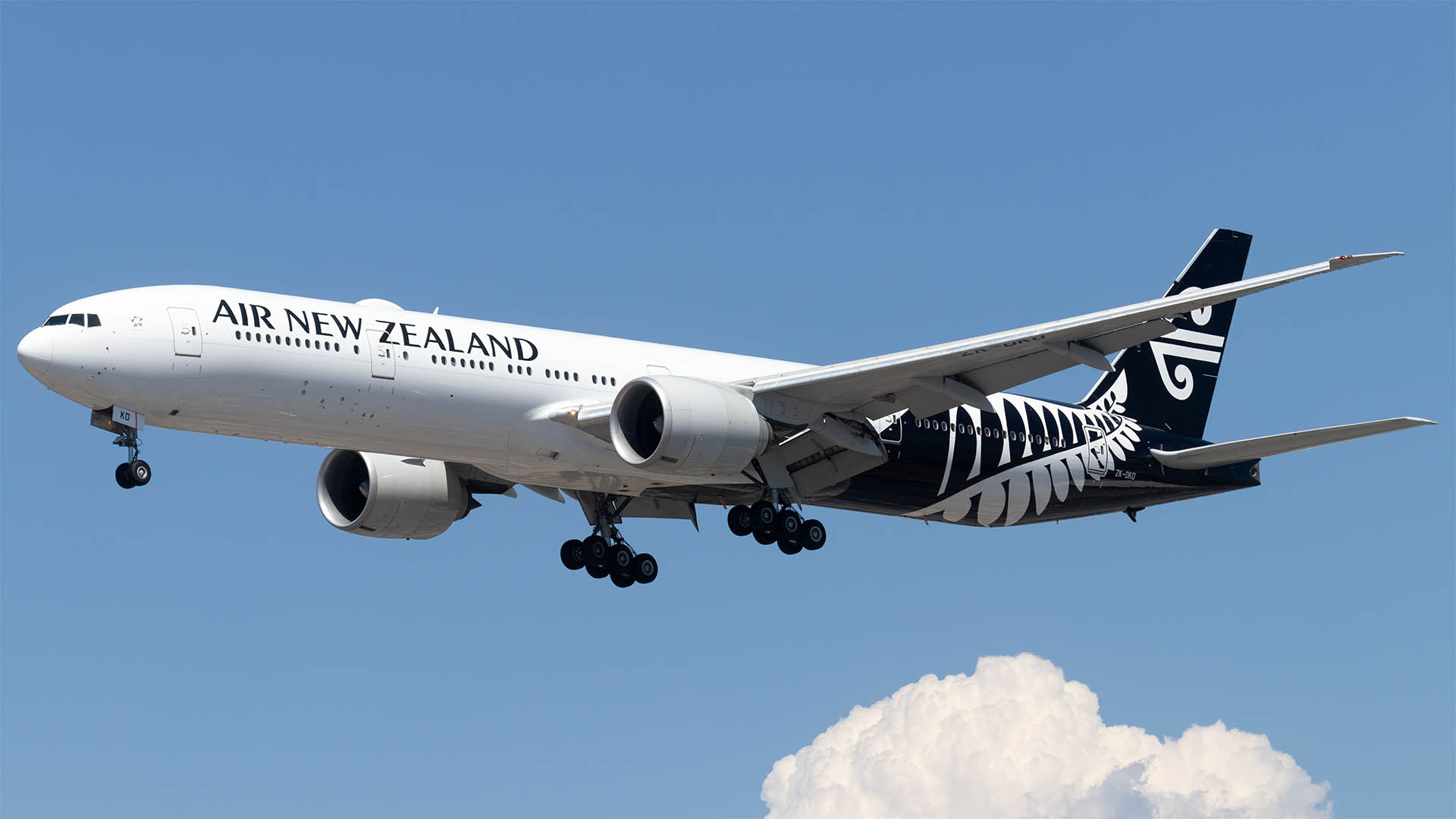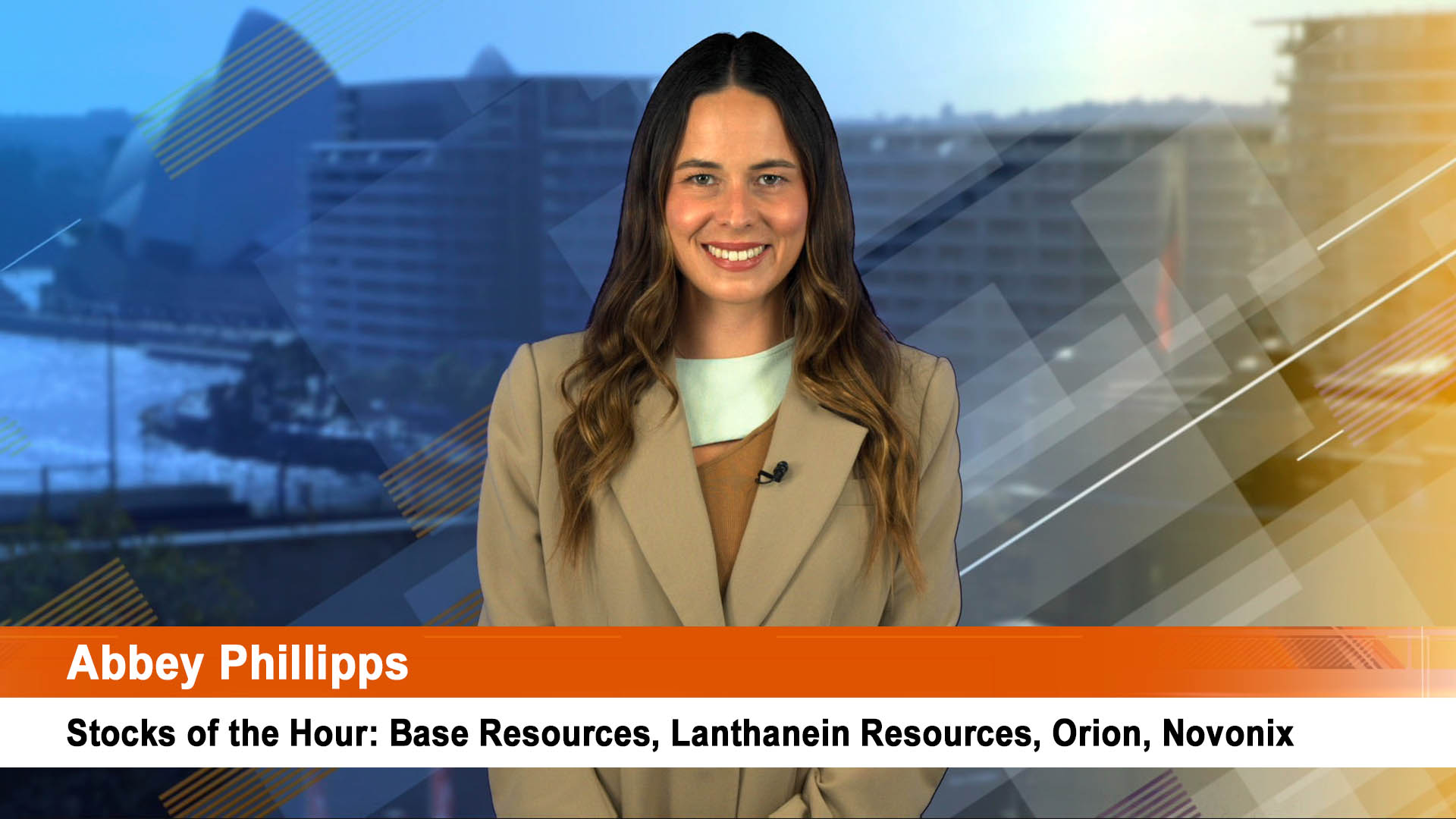Forget the solid 2018-19 profit and dividend from BlueScope Steel, and the final go-ahead on its more than $A1 billion expansion of its US steel business in Ohio, the real story from the June 30 results was the forecast of a 45% slump in earnings in the December half-year.
At the same time the company has changed tack and will now take on more debt to help finance its US expansion – that’s a move that will see the company no longer target cash retention and instead will see a modest gearing up of its balance sheet (even at the current record low-interest rates).
That news saw the shares lose nearly 8.3% to $11.18 and the company indicated the underlying earnings before interest and tax (EBIT) in the current half-year could be as low as $275 million – that would be a fall of 45%.
That means the statutory profit after tax could be substantially lower as well.
Directors blamed “weaker commodity steel spreads” in North Star (the US plant) and Asia Pacific which will push prices lower. There are also seasonal factors at play and other costs, plus weakening demand for steel.
“Expectations are subject to spread, FX and market conditions,” directors cautioned. “This is the short term outlook. BlueScope is now a very resilient, global company with a strong balance sheet and high-quality assets which provide the capacity to withstand and potentially take advantage of tough cyclical conditions,” the added.
The company said the market weakness appeared in the June half-year (and was alluded to in an update in mid-June).
Besides this warning, directors also revealed that BlueScope is changing a key policy on cash retention which will allow it to take on more debt (to help the financing of the North Star expansion).
“Given the transformation of the business in recent years, with strong earnings and cash flows we have reassessed our optimal capital structure,” directors explained yesterday.
“We will now target a revised capital structure of group net debt around zero, in contrast to our previously stated target of net cash in the range of $200 million to $400 million.
“We will be both proactive and prudent in managing the balance sheet towards that net debt target. In the short term, we will continue with our previously announced 1H FY2020 buy-back of up to $250 million, and the Board has also approved the payment of a final unfranked dividend of 8 cents per share,” CEO Mark Vassella said in yesterday’s statement.
Bluescope confirmed its $US700 million ($1A.03 billion) expansion of the North Star, Ohio, steel mill and revealed 17% rise in underlying profit to $966 million for the year to June. Sales were up 9% at $12.5 billion.
Reported net profit after tax (NPAT) fell 35%, thanks to a combination of the favourable one-off impacts of tax asset and plant and equipment impairment reversals, recognition of unbooked tax losses and the US tax reform changes in 2017-18.
This was on top of the impairment of Building Products Thailand plant and equipment and higher restructuring costs in 2018-19, partly offset by higher asset sales and higher underlying NPAT.
Mr. Vassella said the US investment would add about an extra 850,000 tonnes a year of steelmaking capacity to BlueScope’s product mix. he said the company was planning the expansion to allow for further growth down the track.
The steelmaker will pay an unchanged final unfranked dividend of eight cents per share. The total for the year is a steady 14 cents a share which indicates the uncertainty the board has about the performance in the current half-year.
If earnings do slide this half, the 6 cents a share interim dividend could be in danger when the half-year results are announced next February.
The company will keep its $250 million share buyback going. That will support the shares over the next few months with the uncertainty of earnings this half high on the agenda.












